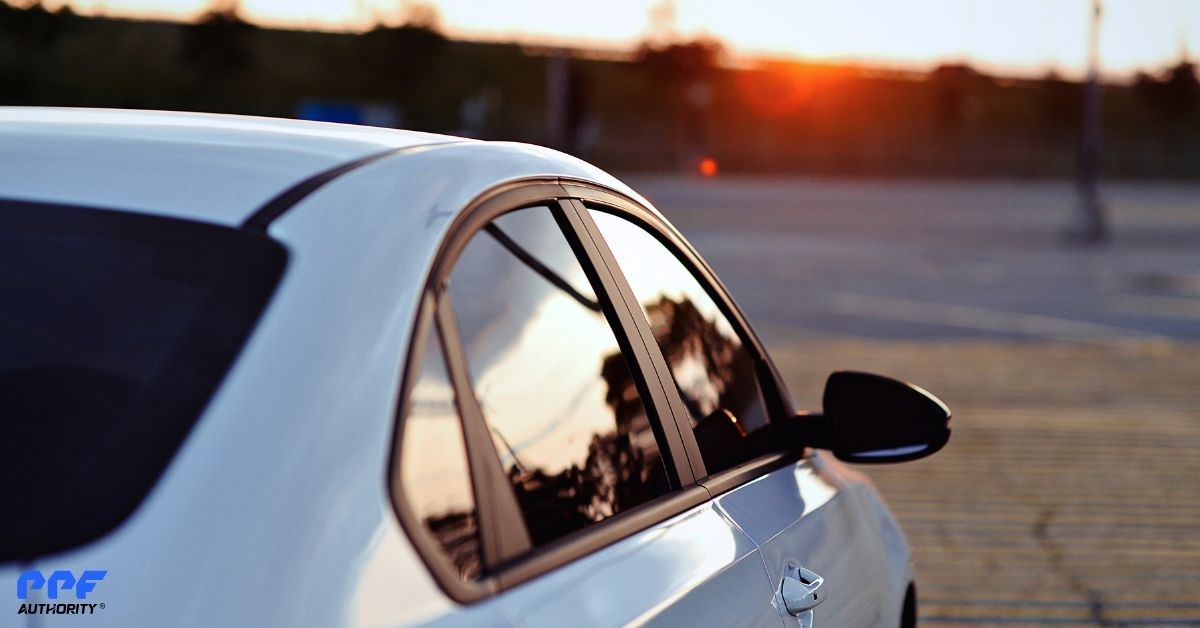Residential window tinting is an excellent investment that improves privacy, reduces glare, blocks UV rays, and enhances energy efficiency. However, choosing the right shade of window tint is just as important as deciding to install tint in the first place. The shade you select will impact your home’s aesthetics, comfort, and functionality.
This guide will help you understand the different tint shades, their benefits, and how to choose the best one for your home.
Understanding Window Tint Shades
Window tint shades are measured by Visible Light Transmission (VLT), which refers to the amount of light allowed to pass through the glass. The lower the VLT percentage, the darker the tint, and the higher the VLT percentage, the lighter the tint.
| Tint Shade (%) | Light Transmission | Best For |
| 5% (Limo Tint) | Very dark, almost no visibility | Maximum privacy, home theaters |
| 20% (Dark Tint) | Allows some light but significantly reduces glare | Bedrooms, bathrooms, privacy-focused areas |
| 35% (Medium Tint) | Balanced light control with moderate privacy | Living rooms, dining areas |
| 50% (Light Tint) | Reduces glare while maintaining a bright space | Offices, sunrooms |
| 70%+ (Very Light or Clear Tint) | High visibility while still blocking UV and heat | Windows where full visibility is needed |
Factors to Consider When Choosing a Window Tint Shade
1. Privacy Needs
- If privacy is a top priority, opt for a darker tint (5%-20%), which prevents people from seeing inside.
- For areas where natural light is essential but some privacy is still needed, a medium tint (35%) is a good compromise.
- If privacy isn’t a concern but you still want UV and glare protection, choose light or clear films (50%-70%).
2. Sunlight and Heat Control
- Homes in hot climates benefit from darker tints, as they block more heat and reduce cooling costs.
- North-facing windows receive less direct sunlight, so a lighter tint may be sufficient.
- For sunrooms or bright areas, a ceramic tint with 50%-70% VLT can block heat while maintaining brightness.
3. UV Protection and Glare Reduction
- All quality window tints block 99% of UV rays, regardless of shade.
- For glare reduction, a 35%-50% tint is ideal for rooms with TVs or computer screens.
- For maximum glare reduction, choose a 20% tint or darker.
4. Aesthetic Preferences
- Dark tints (5%-20%) create a sleek, modern look but can make interiors feel dim.
- Medium tints (35%) provide a balance of style and functionality.
- Light or clear tints (50%-70%) maintain a natural glass look while offering protection.
Popular Tint Shades for Different Rooms
- ✅ Living Rooms & Dining Areas → 35%-50% Tint (moderate privacy, glare control, and light balance).
- ✅ Bedrooms & Bathrooms → 5%-20% Tint (maximum privacy).
- ✅ Sunrooms & Home Offices → 50%-70% Tint (reduces glare while keeping the space bright).
- ✅ Home Theaters → 5%-15% Tint (dark tint for a cinematic experience).
Why Professional Installation Matters
Choosing the right shade is only part of the process—professional installation ensures proper application, durability, and warranty protection.
✔ Benefits of Professional Installation
- No bubbles or peeling
- Accurate tint shade selection based on glass type
- Even application for a flawless finish
- Longer-lasting results with manufacturer warranties
Final Thoughts: Find the Perfect Shade for Your Home
The right window tint shade depends on your privacy needs, heat control, and design preferences. Whether you want a dark tint for privacy, a medium tint for balance, or a light tint for maximum visibility, professional installation ensures a high-quality, long-lasting result.
👉 Need expert advice? Contact us today for a free consultation on the best window tint shade for your home! 🏡✨

